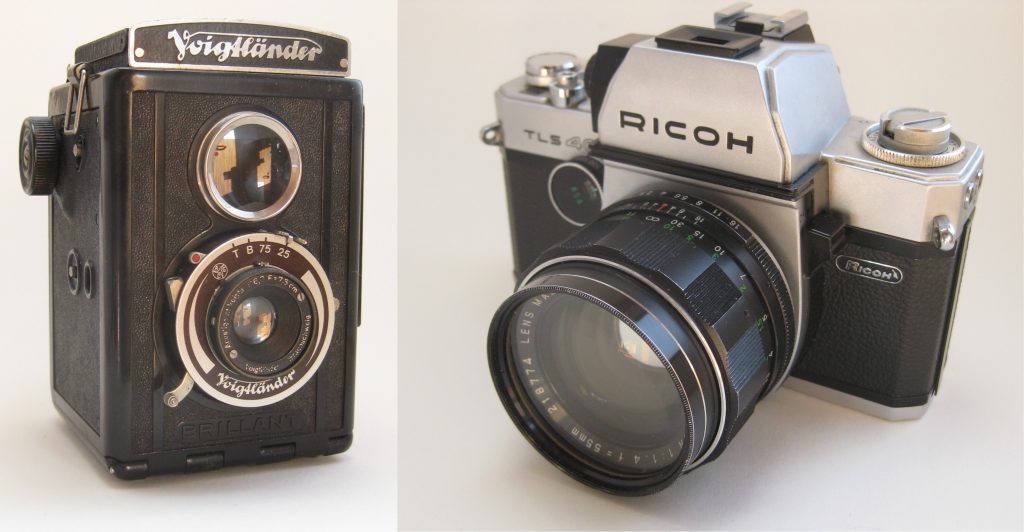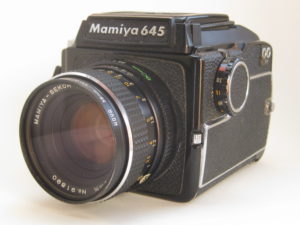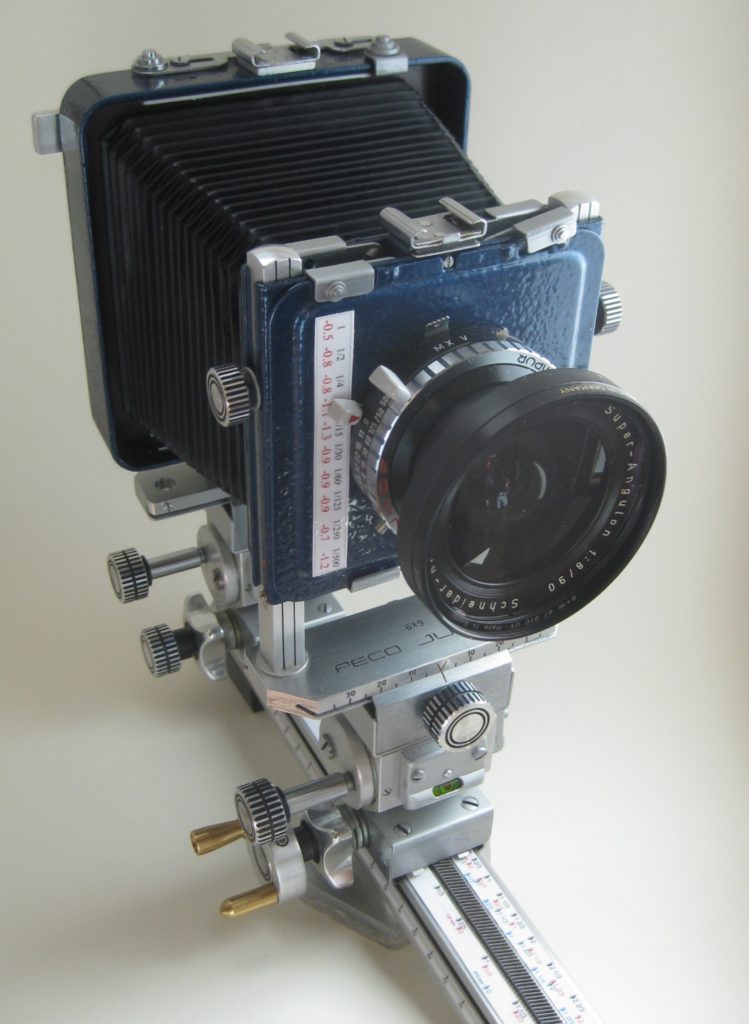
Hello, my name is Klaus-G. Hinzen. I took my first photos at age 13 during a cruise on the Rhine River with my mother’s Voigtländer “Brilliant” 6×6 in black and white, which was still standard material at that time. As medium format was not ‘in’ anymore in the 60s, my first own camera was a Voigtländer Vitoret D (24×36) which did a good job until I bought SRL camera from the money earned in a wheelbarrow factory during school vacation. This was a Ricoh 401 TLS, a marvelous fully mechanical SRL camera, which is still in good working order.

This was the time when I installed a makeshift 2×1.20 m darkroom without running water with used carpets functioning as ‘walls’ in the basement of the parental flat in Hagen-Haspe i.W. During a field trip as Geophysics student to Scandinavia I saved the money for my ‘return’ to medium format and bought a Mamiya 645 C in 1979.

New job, moving to Hannover and starting a family caused a long pause in serious photographic activities until about 2010. Meanwhile the majority went digital and analog equipment was on the used items market, which had been completely out of the budget range when I started taking photos. My revived activity started with two more Mamiya 645 bodies (a ‘Super’ and a ‘Pro’), and an almost complete set of Mamiya lenses and other gear. The kitchen of a granny-flat in our house outside of Cologne was converted to a darkroom (now with running water!). The Durst 601 enlarger from the ’70s could be complemented by a Leitz Focomat IIc. However, a new age of taking photos started for me with the purchase of a Plaubel Peco Junior, a 6.5×9 view camera. The latter was step wise upgraded to a now unique model with advanced possibilities.

As amateur, I enjoy the privilege to be free in the selection of what and how I take photos. My choice are mainly landscape, architectural, and (old) industry themes in old-fashioned black and white technique. In my professional life, I worked a lot with digital imaging, particularly 3D laserscanning of archaeological objects. This involves hours and hours at the computer screen and for me analog photography is a nice counterpoint to computer work. There are three moments in the chain of analog processing the most exciting digital method cannot compete with: (1) the first vision of a developed film when it comes out of the tank, (2) the view of the image when projected on the easel and most of all, (3) the gradual emergence of the print in the developer tray. Even with a basic understanding of the underlying chemical processes, this transition from the latent to the real picture is each time a magical moment. Besides the joy of taking photos in the nature and the creative darkroom work, I enjoy handicraft work with the equipment, particularly the old camera(s).
As Alphonse de Lamartine said: “… photography … is more than an art, it is a solar phenomenon, where the artist collaborates with the sun.”
(photo credit: S.K. Reamer)